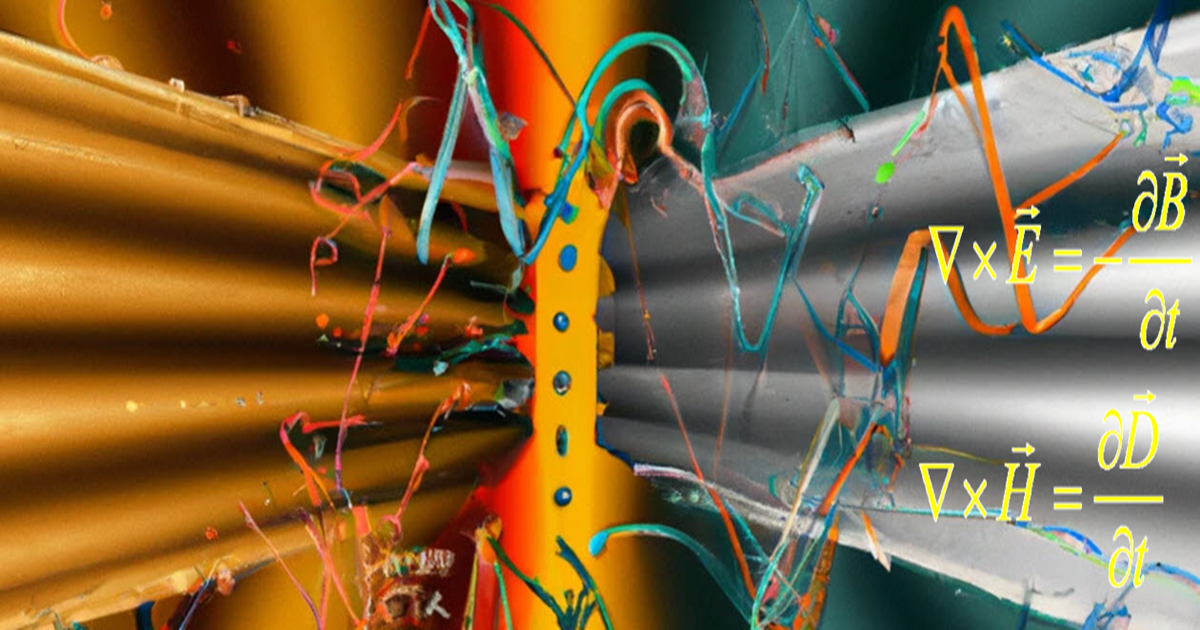Recent Developments and Applications of Complex Electromagnetic Systems
A special issue of Applied Sciences (ISSN 2076-3417). This special issue belongs to the section "Electrical, Electronics and Communications Engineering".
Deadline for manuscript submissions: closed (30 December 2023) | Viewed by 9863

Special Issue Editors
Interests: electrical engineering; electronic engineering; microwave engineering; computational electromagnetics
Interests: electrical engineering; electronic engineering; microwave engineering; computational electromagnetics
Special Issue Information
Dear Colleagues,
The purpose of this Special Issue is to highlight recent developments in and applications of numerical methods in complex electromagnetic systems. We aim to bring together original research articles, reviews, and perspectives on a range of topics related to numerical electromagnetics. Potential topics of interest include but are not limited to:
- High-performance computing for electromagnetic simulations;
- Advanced numerical techniques for electromagnetic field analysis;
- Electromagnetic wave propagation in complex media;
- Modeling and simulation of electromagnetic devices and systems;
- Optimization of electromagnetic systems using numerical methods;
- Computational electromagnetics for biomedical applications;
- Numerical techniques for electromagnetic compatibility and interference analysis;
- Electromagnetic theory and numerical methods for nonlinear materials and metamaterials.
Prof. Dr. Salvador G. Garcia
Prof. Dr. Luis Manuel Diaz Angulo
Dr. Hai Lin
Guest Editors
Manuscript Submission Information
Manuscripts should be submitted online at www.mdpi.com by registering and logging in to this website. Once you are registered, click here to go to the submission form. Manuscripts can be submitted until the deadline. All submissions that pass pre-check are peer-reviewed. Accepted papers will be published continuously in the journal (as soon as accepted) and will be listed together on the special issue website. Research articles, review articles as well as short communications are invited. For planned papers, a title and short abstract (about 250 words) can be sent to the Editorial Office for assessment.
Submitted manuscripts should not have been published previously, nor be under consideration for publication elsewhere (except conference proceedings papers). All manuscripts are thoroughly refereed through a single-blind peer-review process. A guide for authors and other relevant information for submission of manuscripts is available on the Instructions for Authors page. Applied Sciences is an international peer-reviewed open access semimonthly journal published by MDPI.
Please visit the Instructions for Authors page before submitting a manuscript. The Article Processing Charge (APC) for publication in this open access journal is 2400 CHF (Swiss Francs). Submitted papers should be well formatted and use good English. Authors may use MDPI's English editing service prior to publication or during author revisions.
Keywords
- numerical electromagnetics
- complex electromagnetic environments
- electromagnetic devices
- electromagnetic theory
- high-performance computing
- novel smart materials
- bioelectromagnetics
Benefits of Publishing in a Special Issue
- Ease of navigation: Grouping papers by topic helps scholars navigate broad scope journals more efficiently.
- Greater discoverability: Special Issues support the reach and impact of scientific research. Articles in Special Issues are more discoverable and cited more frequently.
- Expansion of research network: Special Issues facilitate connections among authors, fostering scientific collaborations.
- External promotion: Articles in Special Issues are often promoted through the journal's social media, increasing their visibility.
- Reprint: MDPI Books provides the opportunity to republish successful Special Issues in book format, both online and in print.
Further information on MDPI's Special Issue policies can be found here.







